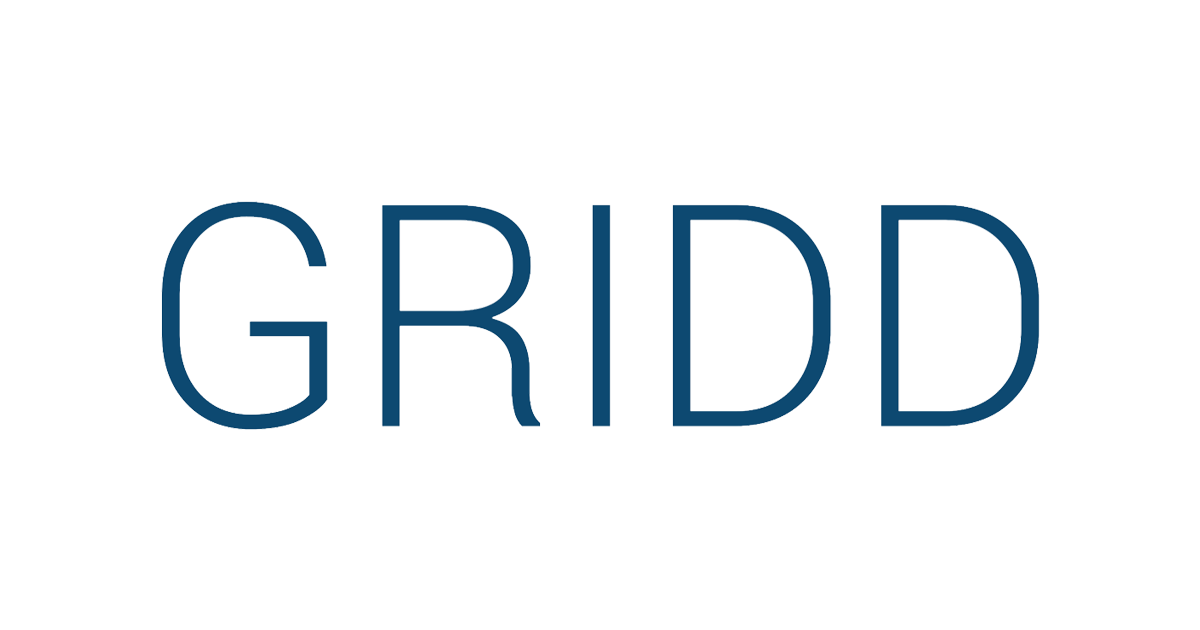The efficient running of any organization depends on structured communication between all its information systems. This communication is essential to derive maximum value from these systems. The ongoing development of a framework for this research project incorporates two critical aspects: the size of the company and the level of information sharing throughout the asset’s lifecycle. As far as the enterprise is concerned, this involves studying the paradigm of business capabilities and the components that support the execution of these capabilities. Simultaneously, the interoperability aspect focuses on the level of information sharing through Common Data Environment (CDE) lenses and the enterprise-level information systems paradigm throughout the asset lifecycle. The proposed framework aims to shed light on a complex phenomenon: the interoperability of information systems across temporary and permanent organizational boundaries. It is designed to support companies’ capabilities during specific construction phases. This framework empowers owners and operators by providing them with the information they need to take various factors into account before launching a new project.
The results of this research project have far-reaching implications for the construction and heritage industries. By mapping the current state of an organization’s information systems, this research identifies the critical challenges and complexities inherent in information exchange along the project and asset value chain. The development and application of the Interoperable Information Environment Framework (IIEF) enables organizations to carry out a comprehensive assessment of their current state of interoperability. By recognizing the different levels of integration and data exchange, stakeholders can identify areas for improvement. This streamlines data exchange, reduces manual intervention and saves money by minimizing errors, rework and project delays. Establishing interoperability at higher levels, such as levels 5, 6 and 7, provides organizations with data-driven information and intelligent technologies for predictive maintenance and performance optimization.
This research project makes a significant contribution to the built heritage industry by addressing the pressing need for improved interoperability. The development of a global framework takes into account today’s challenges in terms of the transparent flow of information within organizations. This framework evaluates and enhances interoperability, offering practical applicability for organizations of all sizes, from small construction companies to large real estate developers and government agencies. By advocating the adoption of sector-specific standards for data exchange and integration, this project promotes consistency in the use of information systems, encouraging collaboration between stakeholders and effective communication. As a result, improved interoperability ensures that the right people have access to the right information and tools at the right time, streamlining communication throughout the asset lifecycle and creating substantial value for the industry. What’s more, this research helps to break down the information silos commonly found in various industries, thereby improving project results, reducing costs and boosting industry competitiveness.


